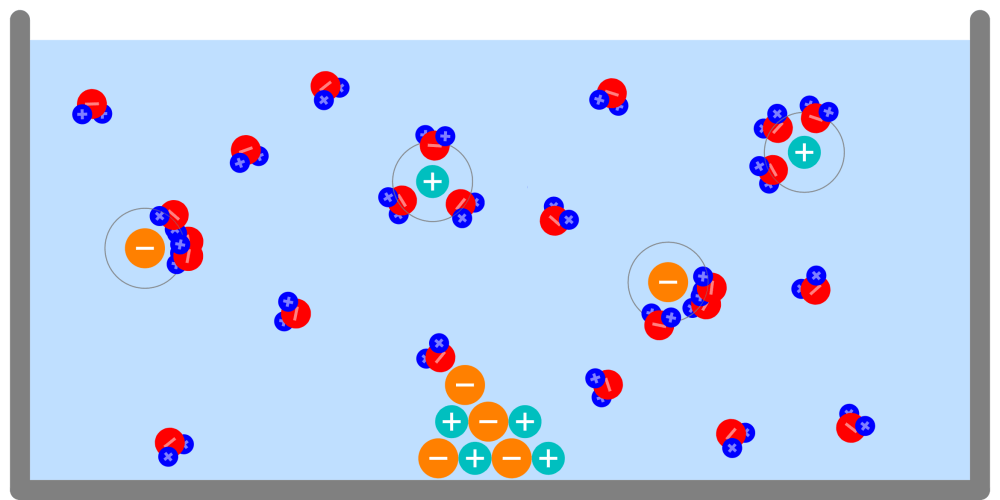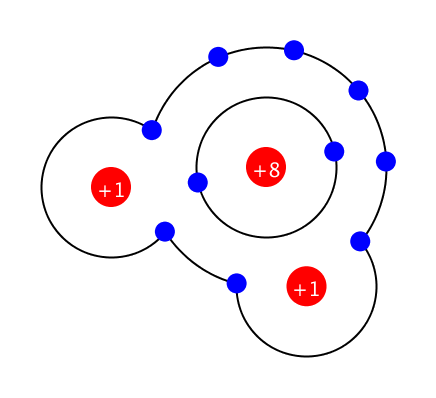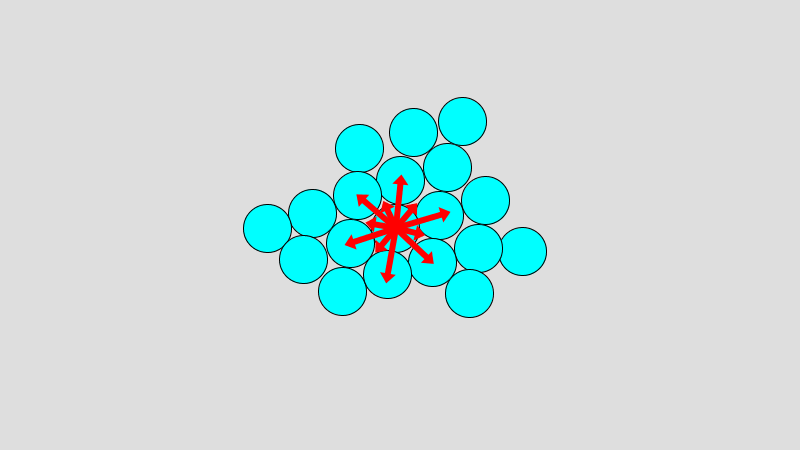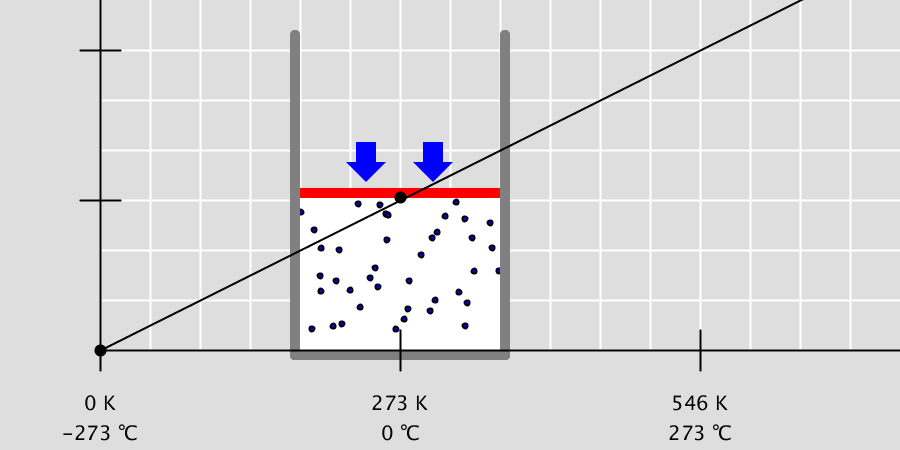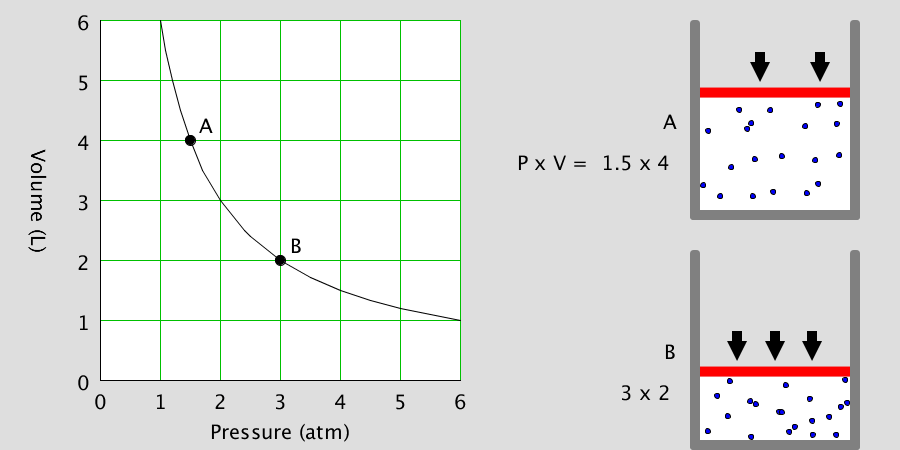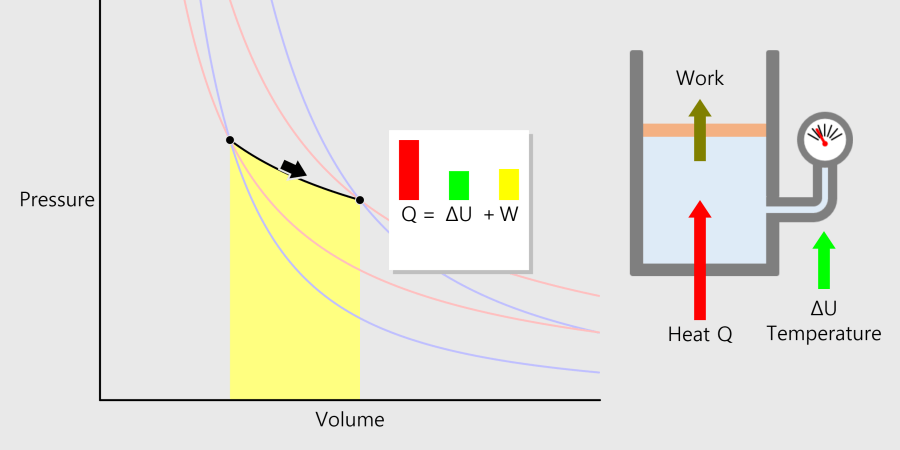Where did the pendulum’s energy go? (The second law of thermodynamics and irreversible phenomena)
Where did the pendulum’s energy go? A pendulum that vibrates in the air continues to collide with air molecules in the process of vibrating. Air molecules get their energy from the pendulum. In this process, Air … more

